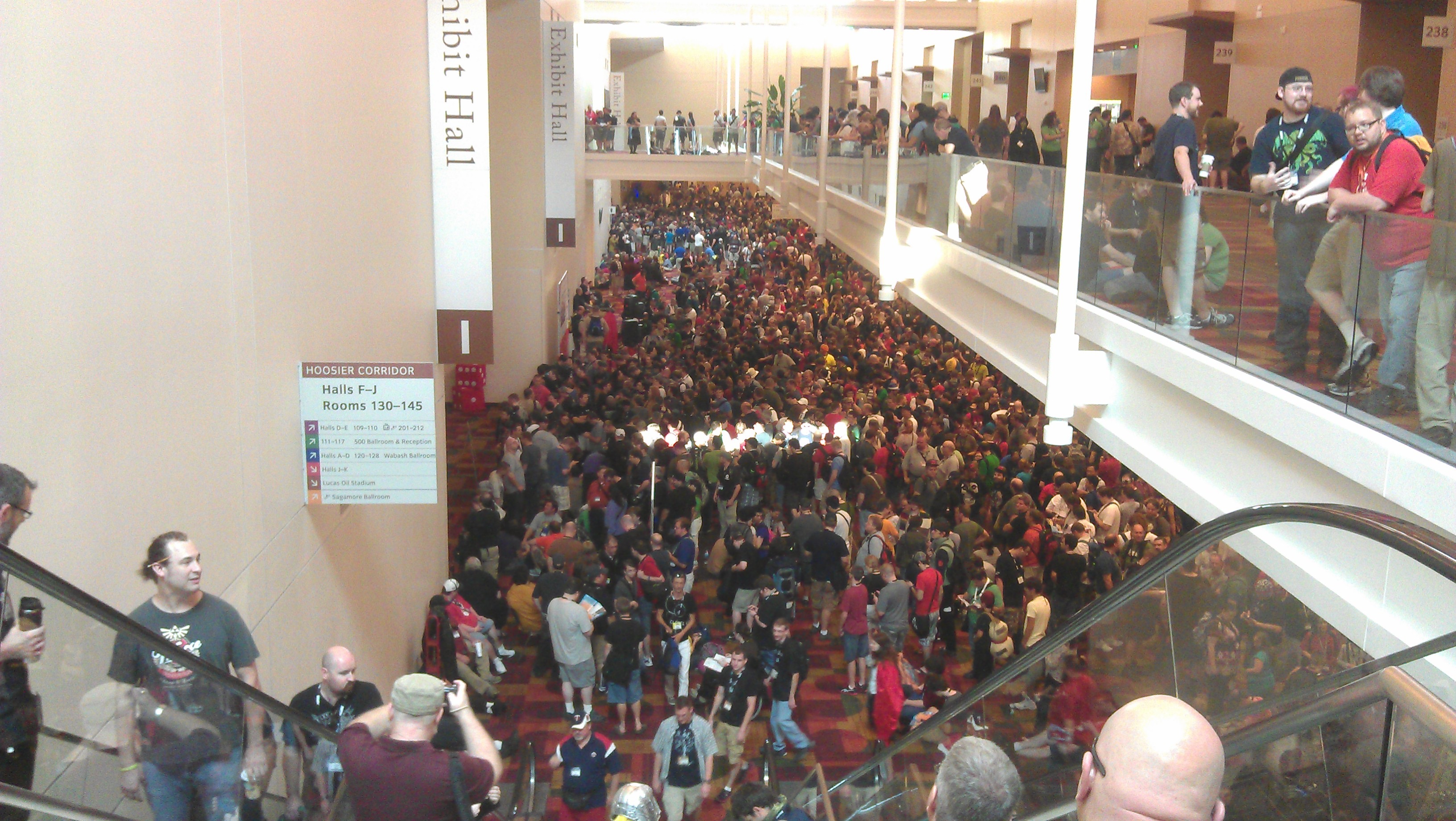Origin Story:
Earlier this year, I got an itch to try and design a microgame. For anyone who is unaware, there have been a few wildly successful microgames this year in the vein of Love Letter and Coup, along with some lighter games that have seen great success like Dungeon Roll. Once I found out about the concept of a minimalist design with a low number of components, I couldn't get the idea out of my head. I started with a brainstorm session that encapsulated my free thought for the better part of three days where I was trying to figure out what I could accomplish in a design space with these limitations while still making an interesting and engaging game.
Any good brainstorming session should come with a little research, and what I found out is that microgames are really not all that new of a concept. There are dozens of pocket versions of games that have been created in the last few decades, but it isn't really until now that I've seen anyone even make mention of the concept. After thinking about it awhile, the only thing that I could determine as to why the two microgames above were exploding in popularity while the others have not is this: a common genre of Hidden Roles/Social Deduction. With that figured out, I did the only reasonable thing I could think of and made sure that I didn't have any of hidden roles/social deduction in my design at all. So what genre did I decide to try? Flicking/Dexterity games!
Flicking/Dexterity games have always been a mystery to me, mainly because I was over-thinking the design process. I always wondered how you could make the decision between a 3/4" disc and a 1" disc. How did you determine which was better to flick? What about the surfaces that you are flicking on? What about the different materials your discs are made from? The different materials of what they're going to impact? What I learned, is that you don't know the answer to any of those questions before you start. You just try something and it either works or it doesn't, there isn't a magic formula. Many variations of components are going to function close enough to one another that you don't need to be very precise.
Through playing with some different components, I came up with the base idea for Cosmic Kaboom. What I was hoping to accomplish initially was do something with a micro-game that hasn't been done successfully yet. I think that Cosmic Kaboom has gone past the "micro-game" level to some extent, but the component footprint of the game is still fairly small.
Synopsis:
In Cosmic Kaboom, each player pilots a spaceship for a different alien race who is trying to collect energy cubes to power a space bomb that is powerful enough to eradicate all life on a planet.
Design Goals:
- Dexterity/Flicking mechanisms
- 2-4 Players
- 30 minutes or less
- Low number of components
- Easy to learn and play
- FUN!
- 12 Planet tiles (3” wooden disc/4mm chipboard)
- 16 Energy cubes in 4 colors
- 4 Energy spawn markers
- 4 Faction tiles (2.5” triangle)
- 4 Spaceship discs (1” wooden disc)
- 1 Bomb tile (3” wooden disc/4mm chipboard)
- 24 Advancement cards
- 1 smooth surface (not included)
Game Summary:
You will use the 4 triangular faction tiles to four corners of a "board" on the table. Inside these 4 corners will be the playing area where each player will place their faction's planets. During the game, energy crystals will move from planet to planet that need to be collected to power the Space Bomb. You collect the energy by flicking your spaceship disc into the planet. After a player has collected 4 energy cubes, they are able to throw the Space Bomb onto the table to try and blow up enemy planets. The last faction with planets still alive is the winner.
It does need a smooth-surfaced table to play on, and the larger the table you're able to use, I feel the game plays better, but it can be played in area as small as about 18" by 18". To add some variety to the game, I've created a small deck of advancement cards that slightly change the way the game is played by giving each player special powers. Whenever a player's planet is destroyed, they draw another advancement card to help them out.
Current Feelings:
I think the game has been fun in nearly every incarnation of the game past the first. I've been super-excited about working on the game since the start. It's been a real treat in this design not needing to balance a bunch of math and figure out how to make that feel fun for the players. This game just generates it's own fun. I've been able to see genuine emotion from someone when they miss/make a critical shot or throw, and of course a ton of banter from the players teasing each other when other players fail. Even though this is a simple game and will never be in the top 10 on BGG, it is still currently one of my favorite designs.
Current Playtest Goals:
- Cramming more FUN! into the game!
- Trying to involve a story arc so players aren't doing the same thing from beginning to end.
- Ensuring the pace of the game stays the same from beginning to end.
Does this game sound interesting to you? What about it sounds awesome/terrible? Let me know in the comments!



























